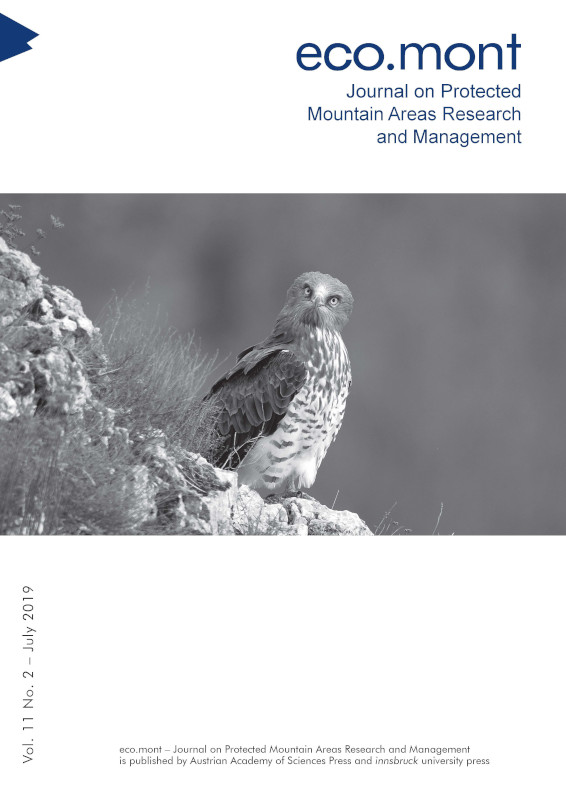
Eco.mont Vol. 11 Nr. 2, pp. 4-10, 2019/07/01
Journal on Protected Mountain Areas Research and Management
Managing large ungulates in the territory of national parks requires comprehensive knowledge of many factors (population parameters, the distribution of animals and the number of their habitats, their feeding grounds, the intensity and direction of their migration), and skill in responding to the effects of negative chance events. A large number of the factors are by nature stochastic; thus, from a programming perspective, the issue of managing ungulate populations is difficult to formulate as an algorithm. This paper presents a model built using artificial neural networks (ANN). The results obtained with this model show that it is possible to maintain the population in a park without the necessity for culling within its boundaries. The study also demonstrated that culling specifically of hinds in these areas should be increased. The research presents alternative culling strategies for red deer populations in protected areas.
Keywords: natural regulation, Cervus elsphus, hunting, protected area, artificial neural network